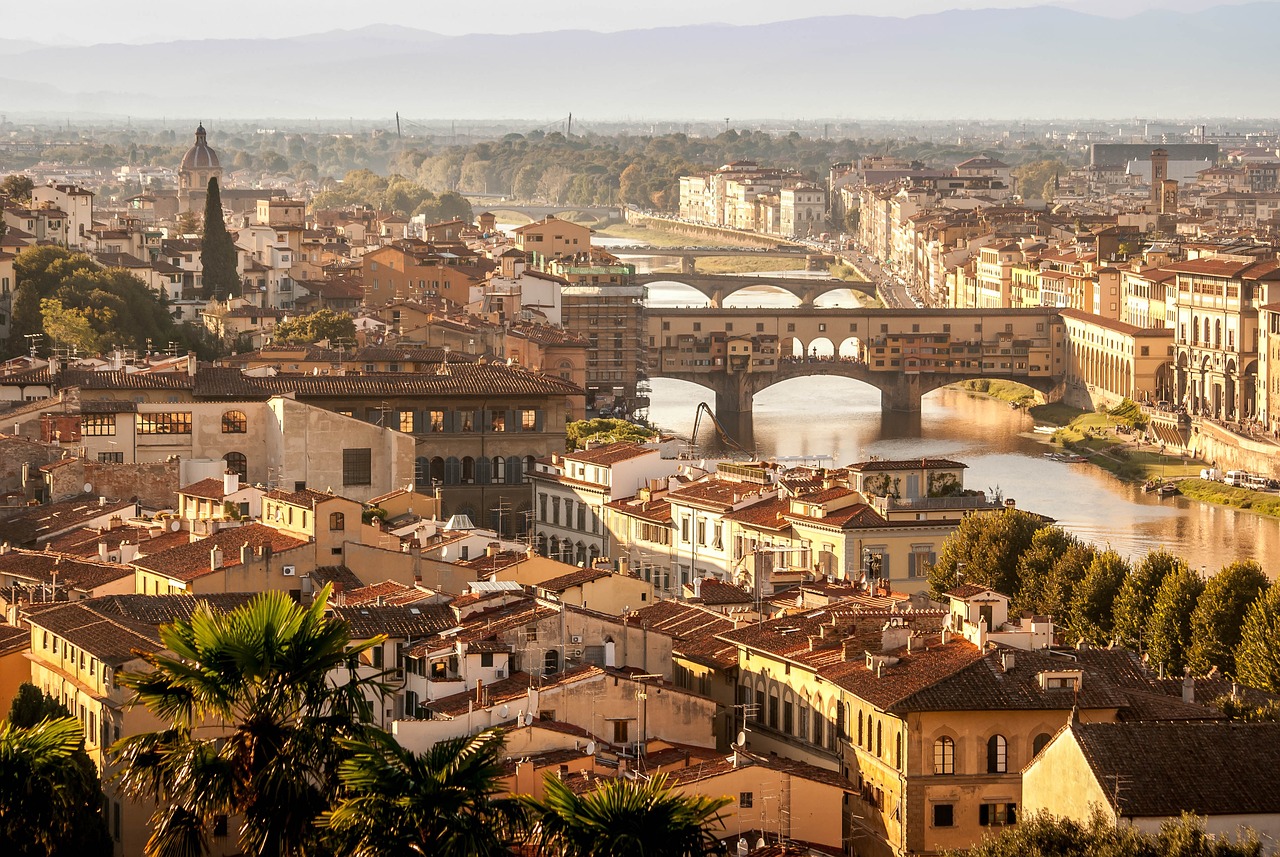A recent report by the World Economic Forum has highlighted a positive relationship between good pedestrian infrastructure and a country’s economy. Cities designed to be pedestrian-friendly not only increase land value, making them more desirable for private individuals and businesses, but they also promote better air quality due to reduced automobile traffic. These characteristics make pedestrian cities highly appreciated by travelers. But which are the most walkable cities in the world?
According to a survey conducted by Insider Monkey, based on the walkability scores of cities provided by Tourlane and WalkScore, which calculate the distances between major tourist attractions, as well as analyzing data from IQAir and safety indices from Numbeo, Florence ranks first as the most walkable city in the world.
Florence: The perfect city for pedestrians
Florence, the only Italian city on the list, is recognized as the cradle of the Renaissance, enchanting thousands of tourists every year with its artistic and architectural masterpieces. The Insider Monkey report highlights how Florence’s walkability is a distinctive feature, especially in its historic center, where narrow streets lead to iconic monuments such as the Duomo and Ponte Vecchio.

The city prioritizes cleanliness, evident in its well-maintained squares and along the banks of the Arno River. This commitment to urban maintenance helps create a welcoming and pleasant environment for visitors. In Florence, tourists can easily reach some of the most famous attractions in the world on foot, such as the Uffizi Gallery and the Cathedral of Santa Maria del Fiore, which are located a short distance from each other.
The economic and environmental impact of pedestrian cities
Cities with well-developed pedestrian infrastructure tend to enjoy a range of economic and environmental benefits. The reduction in automobile traffic not only decreases air pollution, improving air quality, but also reduces urban noise, creating a more livable environment. Additionally, pedestrian areas attract commercial and tourist activities, stimulating the local economy.
According to the World Economic Forum, well-designed pedestrian infrastructure can significantly increase property values. Businesses tend to invest in areas that offer easy pedestrian access, as these zones are considered more attractive to employees and customers.

